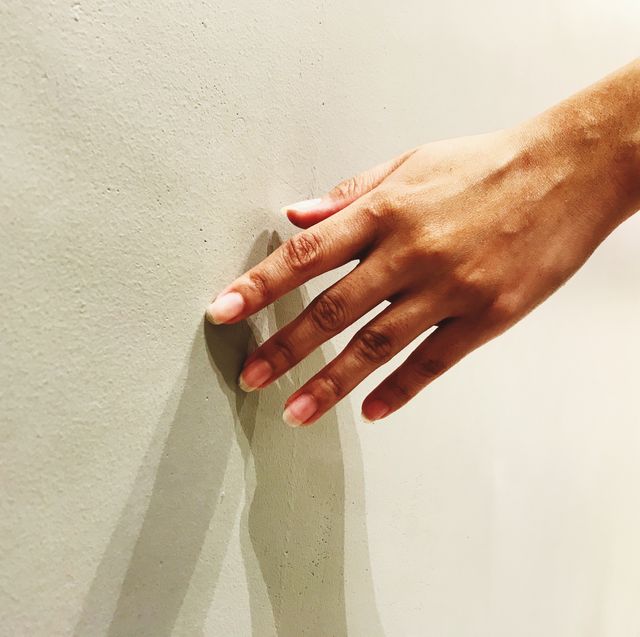- Scientists from a French university have determined that in some instances, the brain can treat sensory tools—such as white canes for the visually impaired—as extensions of our bodies.
- This sensory embodiment shows that even though we know a tool isn't actually a part of our bodies, our brains can treat it as such—especially when it comes to direct sense of touch.
- This research could prove pivotal in creating higher quality prostheses with heightened sensitivity to touch.
Imagine you’re holding a pen by the tip-side in between your thumb and index finger. You close your eyes and ask someone to tap it once on the opposite side. Then you ask them to tap it again, but this time, the person taps closer to the middle of the pen. Think you’d be able to differentiate between the end and middle taps?
According to research led by cognitive neuroscientist Luke Miller and colleagues from the Claude Bernard Lyon 1 University in France, your chances of an accurate guess stand somewhere near 96 percent.
Although being able to extend your sense of touch through tools is possible, this particular field of science has been largely understudied. In 2018, Miller et al. published a study in Nature, stating that humans have the uncanny ability to very closely approximate where one object, like a finger, comes into contact with another object being used as a tool, like the pen, as long as the tool is in direct contact with skin.
More recently, Millet et al. published another paper in Current Biology saying that our brains treat tools as extensions of our bodies. This makes perfect sense especially when you consider a tool like a white cane used by the vision impaired.
In an experiment, Miller enlisted the help of 16 people and individually had them hold a 3-foot long wooden rod. Over the course of 400 trials, each person was tasked differentiating whether or not two taps on the rod—either in the same spot or in two different places along the rod—by another person were close to their own hand.
If the subject felt that the tap was close to where their hand was on the rod, they'd push a pedal with their foot to indicate as much. All 16 subjects were correct on their guesses a staggering 96 percent of the time.
Researchers noted that the cortex "rapidly processed where the tool was touched," thanks to electrodes that monitored brain activity. Researchers were also able to deduce that sensory areas in the brain suppress responses to repeated stimuli (i.e.: two taps). This suppression allowed researchers to create a "time stamp" that noted "when a stimulus is extracted in the brain."
The researchers then moved on to touching the arms of each subject instead of the wooden rod and noticed that there was "similar repetition suppression in the same brain regions on similar time scales," indicating that the brain can sometimes treat tools as extensions of our bodies.
This research could prove pivotal when it comes to improving the quality of prostheses and overall quality of life for those who need them.














